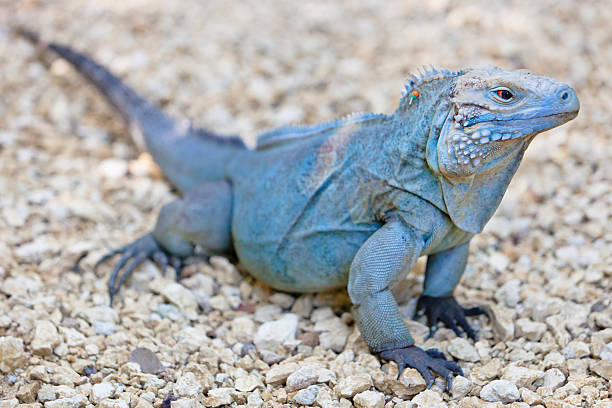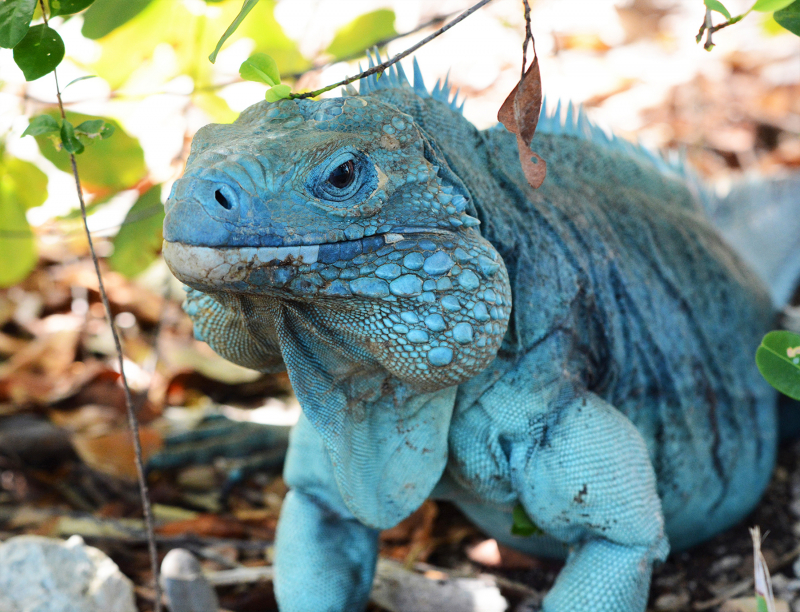Grand Cayman Blue Iguana
The blue iguana (Cyclura lewisi), also known as the Grand Cayman ground iguana, Grand Cayman Blue Iguana, or Cayman Island rock iguana, is an endangered species of lizard that is endemic to the island of Grand Cayman. It was previously thought to be a subspecies of the Cuban iguana, Cyclura nubila, but Frederic J. Burton reclassified it as a separate species in a 2004 article because, in his opinion, the genetic variations discovered between the various C. nubila populations four years earlier justified this interpretation. One of the lizard species that can live the longest is the blue iguana (possibly up to 69 years).
Because female blue iguanas must dig holes in the sand to lay eggs in the months of June and July, their preferred habitat is rocky, sunny, open regions in dry woods or close to the sea. September sees the possible laying of a second clutch. Plants, fruits, and flowers are all parts of the herbivorous diet of the blue iguana. Its brown to gray tint has a bluish cast that is particularly noticeable in the breeding season and on males. It is huge and heavy-bodied, with a dorsal crest of short spines extending from the neck's base to the tail's tip.












